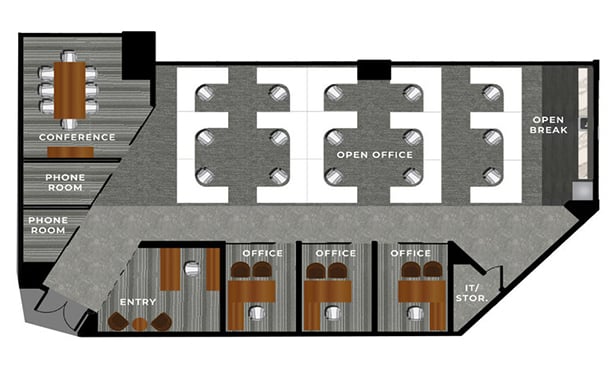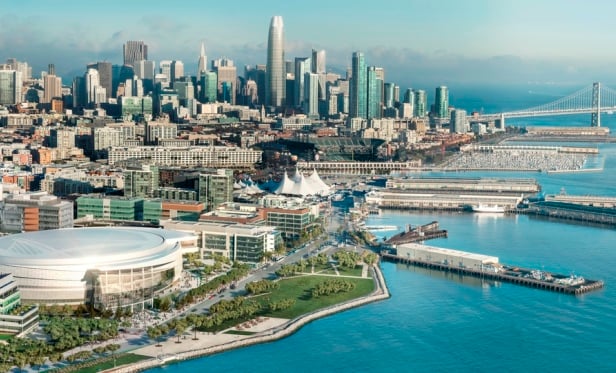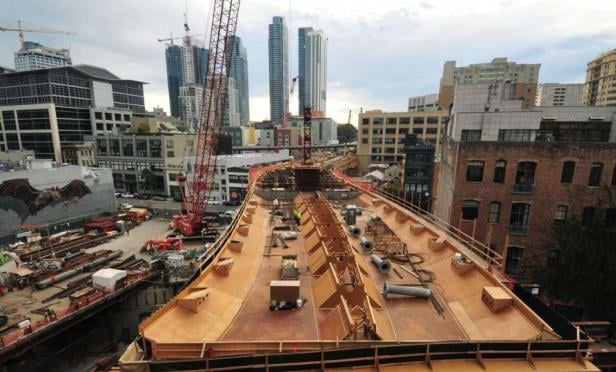INDIANAPOLIS—“The industrial sector throughout the US is on fire,” Jason Tolliver, the regional vice president for research with Cassidy Turley in Indianapolis, tells GlobeSt.com. But that is especially true for Indianapolis and other towns with available land and proximity to the country's major population centers. As reported in GlobeSt.com, for example, Cassidy Turley will market 650 Commerce, a 470,000-square-foot speculative industrial facility that Cabot Properties and Quadrangle Development Co. have just started constructing in Greenwood, an Indianapolis suburb.
In total, Indianapolis has about eight-million-square-feet of industrial structures under construction, a building boom that includes modern bulk distribution facilities, medium-sized distribution, manufacturing and other types, says Tolliver. And just like the rest of the US, the main drivers include the rebound of the housing market, which increases demand for warehouse space, and the rise of American manufacturing.
“There is a definite trend toward on-shoring,” Tolliver adds, “and bringing production back to the US. And once these products get shipped they need to be stored. This is the crux of why Indianapolis has had a strong industrial market for several years.”
Most importantly, the metro area does not have any mountains, major rivers or other significant obstacles, but does have a network of interstates, railroads and a major international airport, he says. In addition, like the other burgeoning distribution markets, it combines dense transportation arteries with proximity to many other major metro areas like Chicago, Detroit, Columbus, Louisville and many others.
“That's what retailers are looking for these days,” he adds. The desire for same-day deliveries and the rise of e-commerce has made winners of Indianapolis and similarly-situated cities especially when it comes to modern bulk distribution centers. “If you are located far away from population centers even the economic recovery won't do you much good with that sector.”
“Indianapolis is one of the top 10 markets in terms of industrial absorption in the last 10 years,” he says. And the market grew by 1.18-million-square-feet in the second quarter, according to Cassidy Turley research. This brought net occupancy gains for the year to 1.84-million-square-feet and held vacancy below the national and Midwestern averages at 5%.
Another factor in Indianapolis' revival has been a long-standing conservatism. “We weren't overbuilt going into the recession and even though speculative construction has returned no one is going to go overboard,” Tolliver says.
As proof, he points out that of the roughly 8-million-square-feet under construction, 63% of it are part of build-to-suit projects. “That really speaks to the confidence that companies have in this market.”
Want to continue reading?
Become a Free ALM Digital Reader.
Once you are an ALM Digital Member, you’ll receive:
- Breaking commercial real estate news and analysis, on-site and via our newsletters and custom alerts
- Educational webcasts, white papers, and ebooks from industry thought leaders
- Critical coverage of the property casualty insurance and financial advisory markets on our other ALM sites, PropertyCasualty360 and ThinkAdvisor
Already have an account? Sign In Now
*May exclude premium content© 2024 ALM Global, LLC, All Rights Reserved. Request academic re-use from www.copyright.com. All other uses, submit a request to [email protected]. For more information visit Asset & Logo Licensing.








